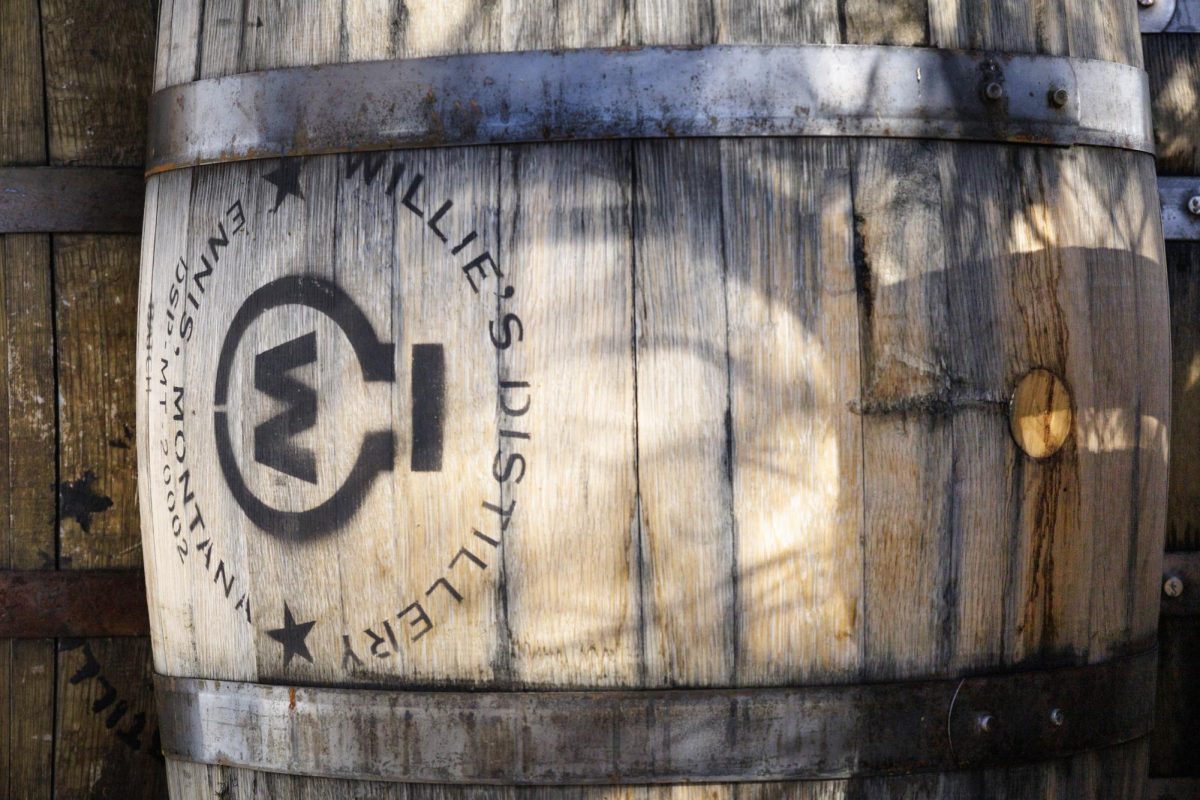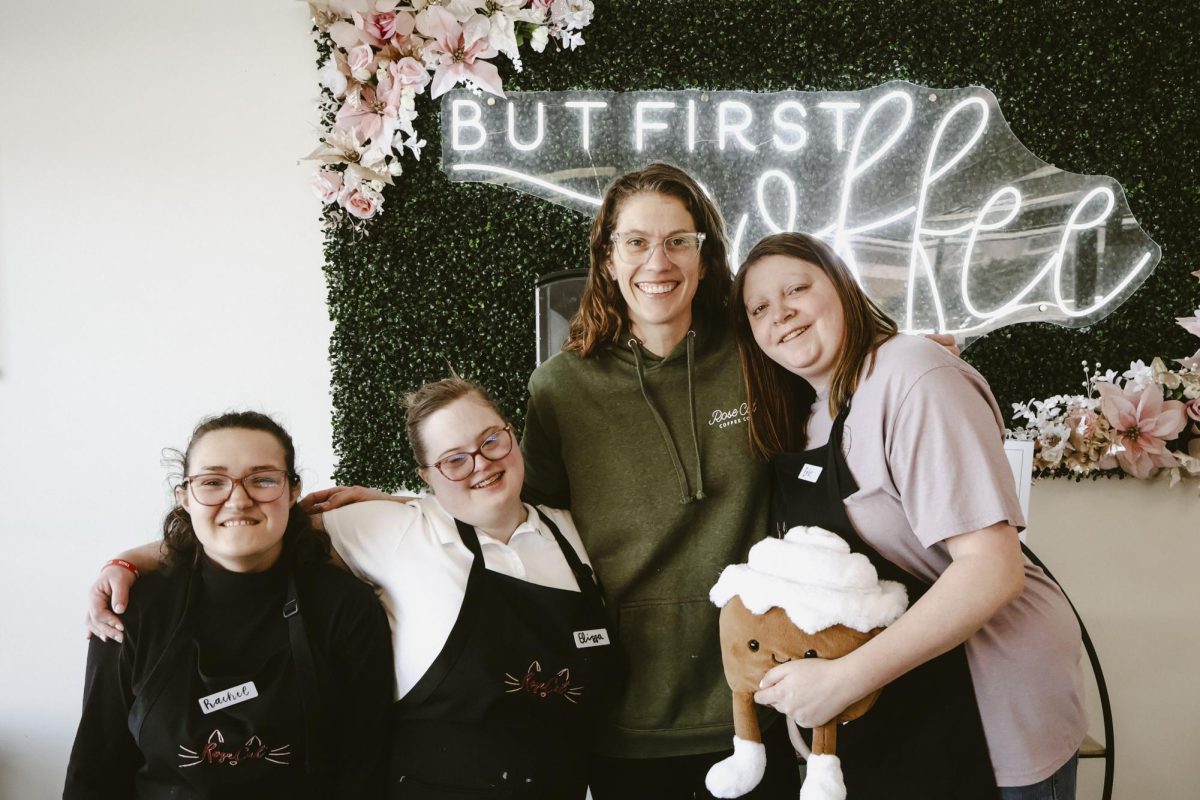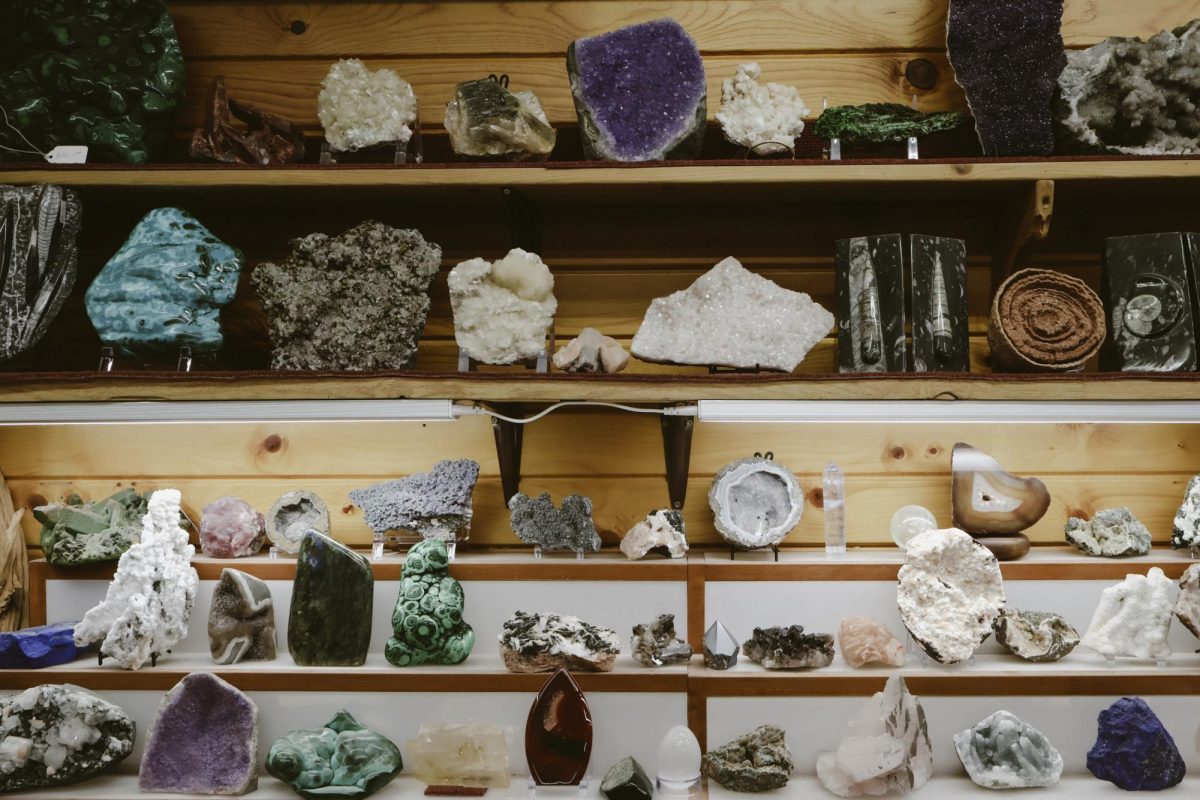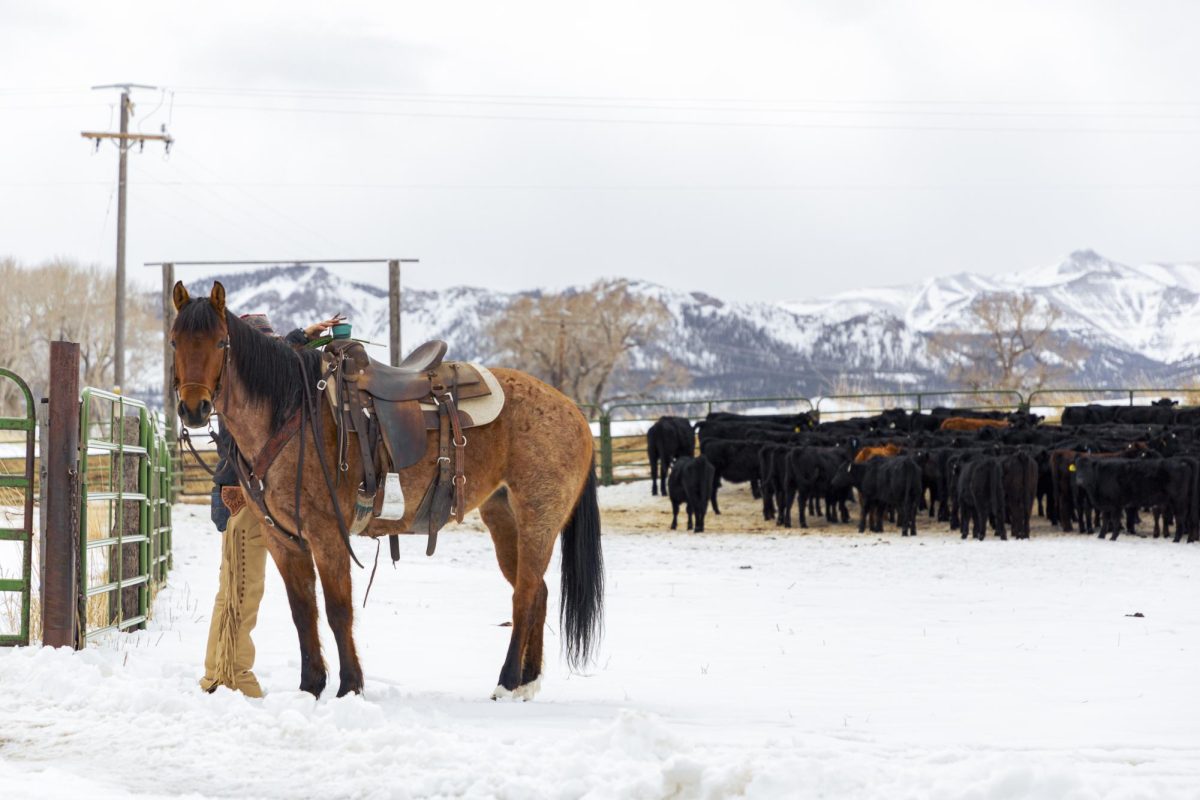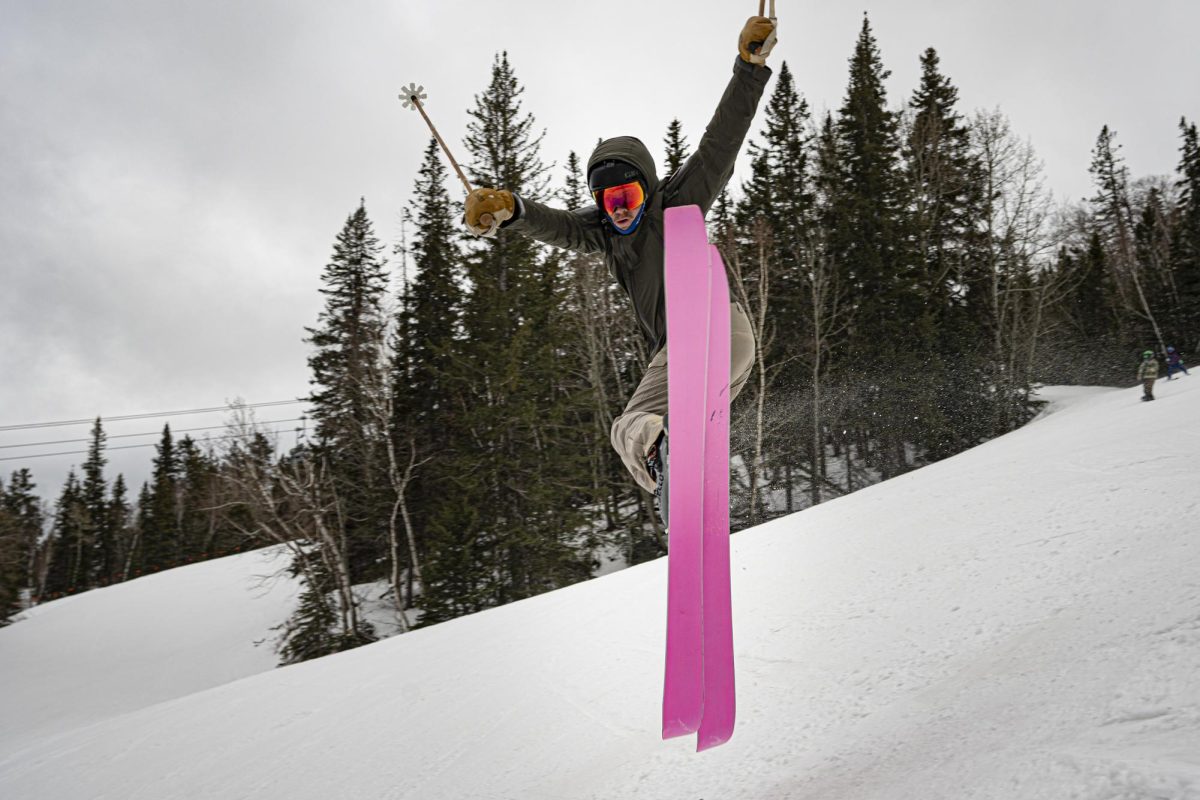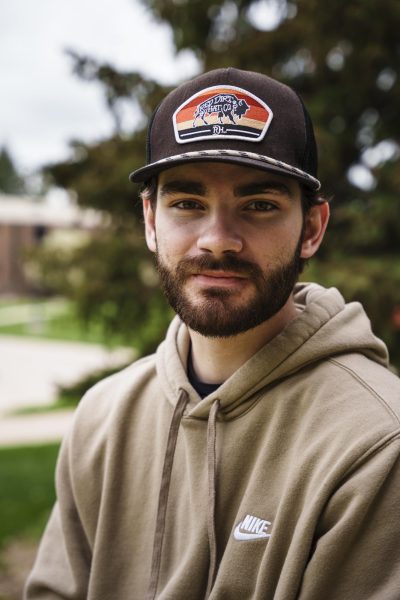“Blood, sweat and tears,” is a phrase that has been immortalized throughout time, made famous by figures such as Winston Churchill, Giuseppe Garibaldi and Johne Donne. It is a phrase used to describe efforts of unstinting measures given in the name of achieving success.
For centuries, this phrase was used by leaders of men on the battlefield, by politicians during times of hardship and in pregame speeches under the Friday night lights. It is a phrase that symbolizes the ultimate unwillingness to give up. It is a phrase that is embodied by a man named Willie Blazer.
Raised in the middle of western North Carolina’s Appalachian moonshine country, Blazer grew up with an appreciation for the art and history of concocting quality liquor with his family. However, shortly after his high school graduation, Blazer decided to leave his hometown in search of a new adventure.
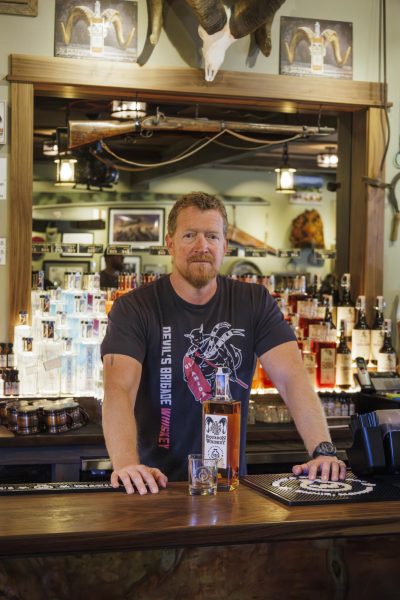 Having always enjoyed a good challenge and the rush of adrenaline, Blazer enlisted in the airborne infantry – shortly after that, he volunteered for the Ranger Assessment and Selection Program and became a United States Army Ranger. After six years of service, Blazer stepped back from active duty and moved to Missoula, Montana, in 1997.
Having always enjoyed a good challenge and the rush of adrenaline, Blazer enlisted in the airborne infantry – shortly after that, he volunteered for the Ranger Assessment and Selection Program and became a United States Army Ranger. After six years of service, Blazer stepped back from active duty and moved to Missoula, Montana, in 1997.
“The reason I went to Missoula was because it’s kind of the headquarters of smokejumping,” Blazer said. “When I was on a little deployment, I read an article about the ‘94 King Mountain Fire in Colorado. The possibility of moving out west and getting paid to jump out of airplanes and fight fire caught my attention.”
The 1994 fire on Storm King Mountain, near Glenwood Spring, Colorado, officially named the South Canyon Fire, became infamous after it claimed the lives of 14 wildland firefighters (a mix of smokejumpers, hotshots and helitack crew members) on July 6. But, despite the death toll that was no doubt included in the article he read, Blazer was determined to jump out of a Forest Service airplane and fight fire.
Blazer enrolled at the University of Montana to study forestry in preparation for his new career in wildland fire, and, in his spare time, became a walk-on lineman for the football team and joined the Montana National Guard at the age of 24. It was also during his first and only academic year of college that he met his future wife, the former Robin Hensley, a Montana native and a student of English Literature and Philosophy.
In the summer of 1998, Blazer took the first step toward becoming a smokejumper.
“My first season of fire, I joined the Sealy Lake hand crew,” Blazer said. “That was a fun summer. There were really no fires out west, they were all popping up in Florida and Texas, so my first fire season was spent staying in motels and living it up.”
The following season, Blazer took his second step toward boarding that Forest Service plane he’d been dreaming about since reading that article.
“In the summer of ‘99, I joined the Sawtooth Hotshots in Twin Falls, [Idaho],” Blazer said. “I ran a [chainsaw] for them. I got like 1,000 hours of overtime working for them. They were a real good crew, and the work was good – it reminded me of the Ranger Battalion a lot.”
Blazer remained with the Sawtooth Hotshots for a second fire season in the summer of 2000, but after a successful season, he was presented with the opportunity to get back into the special forces as a Green Beret. Shortly after Blazer got word back that he was selected for the 19th Special Forces Group, he and Robin got married before he left for training to become a Special Forces Airborne Medic.
Blazer was nearly halfway through his training when the September 11 attacks transpired, but with his training far from complete, it wasn’t until two years later that he got deployed to Afghanistan for his first and only tour as a Green Beret. After his return to the States, Blazer decided the time was right to return to the Forest Service to complete his goal.
“When I came back I was like, ‘Alright, if I’m gonna do this smokejumping thing, I need to actually start applying and trying to get in,’” Blazer said. “I got in with the Missoula Smokejumpers and rookied in 2005.”
Although Blazer had finally achieved his goal of becoming a smokejumper eight years after he set out on the path, he only stuck around for one season. Following the conclusion of the 2005 fire season, Blazer returned to military service as a contractor, but with two new members in the Blazer family, he felt the time to settle into a career was drawing near.
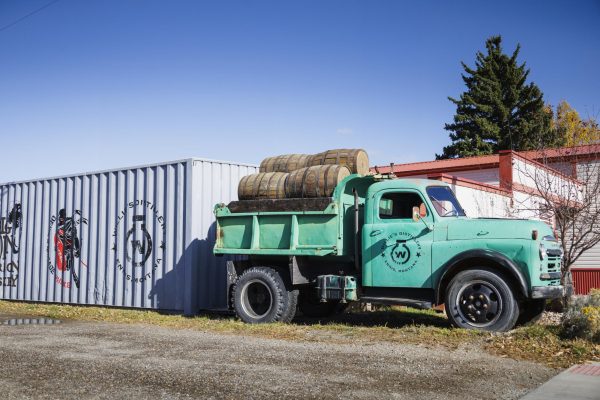 “I had done a lot of contracting work, and I worked with Blackwater on Hurricane Katrina,” Blazer said. “But once we started having kids, things changed. I needed to figure out if I was gonna stick with contracting, work for the Forest Service or if Robin and I were going to do our own thing. Ultimately, we decided we liked Montana – Robin was from there, and we’d always made our own beer and wine – so our initial idea was to start a brewery. But, you know, there’s a lot of breweries, but nobody’s making whiskey in Montana.”
“I had done a lot of contracting work, and I worked with Blackwater on Hurricane Katrina,” Blazer said. “But once we started having kids, things changed. I needed to figure out if I was gonna stick with contracting, work for the Forest Service or if Robin and I were going to do our own thing. Ultimately, we decided we liked Montana – Robin was from there, and we’d always made our own beer and wine – so our initial idea was to start a brewery. But, you know, there’s a lot of breweries, but nobody’s making whiskey in Montana.”
And so, the idea of Willie’s Distillery was born in the small town of Ennis. The Blazers dove into research, learning everything they could about any and every law related to business owning and the creation and distribution of liquor. Robin quickly emerged as the brains of the operation, becoming fluent in the ins and outs of the complex process of starting a business in a small town. But it wasn’t long before the Blazers ran into the same issue that many new entrepreneurs encounter.
“We didn’t have any money,” Blazer said. “And we didn’t know anyone who had money. So, I ended up working overseas again in Iraq and Afghanistan for around three and a half years.”
After one final stint as a military contractor, Blazer was able to save enough money to return to his family, purchase a building on main street and give their new business a decent head start. The family officially opened the doors of Willie’s distillery in 2012.
“We’ve just been rockin’ and rollin’ ever since,” Blazer said. “Seriously though, I’ve done quite a few things, but starting, running and managing a business is one of the hardest things I’ve ever done. It’s completely different from all the other things I’ve done because money is key. If you run out of money, you run out of business. We definitely had to scrape by for the first five years, but we managed to make it work.”
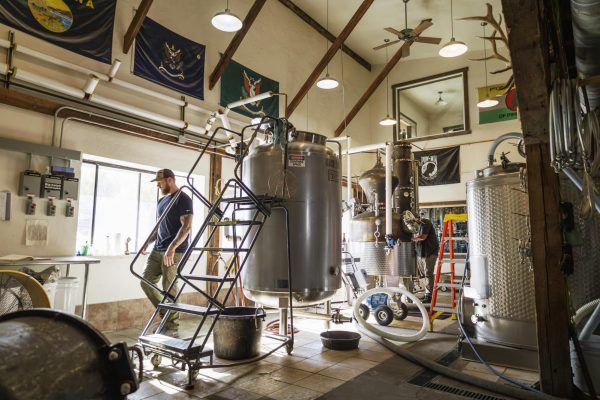 The Blazer’s original plan was to sell bourbon as their first product. However, with finances already stretched thin, they made the decision to start selling moonshine to give their first batch time to finish aging.
The Blazer’s original plan was to sell bourbon as their first product. However, with finances already stretched thin, they made the decision to start selling moonshine to give their first batch time to finish aging.
“The bourbon wasn’t even ready until about a year and a half after the distillery started selling alcohol,” said Matt Melugin, the general manager of Willie’s Distillery, “At the end of 2013, the Big Horn Bourbon became available, and we still sell it today. It’s our number one selling product by far.”
Since then, Willie’s Distillery has experienced nothing but success and has expanded its selection to 14 different products – from bourbons to blended whiskies, to vodkas to even cream liquors – all of which have been tested and tweaked to perfection in their lab.
Aside from the monetary success Blazer found through the company, Willie’s Distillery has also cultivated an extensive community of individuals from backgrounds similar to Blazer’s, a community that played a big role in creating the unique attraction that has come to be known as Willie’s Museum.
“From day one, Robin and I never planned on making the business veteran, or military or fire [themed],” Blazer said. “We wanted to make it all about Montana, you know, Montana spirits and whiskey. But naturally, my background started to come out, and over time some of my buddies from the service or the Forest Service would bring me cool things to hang up in the tasting room.”
Today, the tasting room of Willie’s Distillery is heavily decorated with military and firefighter antiques – items ranging from Afgan rifles and saddles to World War II helmets. Members of his Missoula Smokejumper crew even made a point to return his jumping helmet from his rookie season in 2005.
“Patches have been a really big thing,” Blazer said. “Guys started giving me fire and law enforcement patches, and army patches and coins. I started putting them up, and it just kept growing. I probably get around ten to fifteen patches a week now. We’re starting to run out of space.”
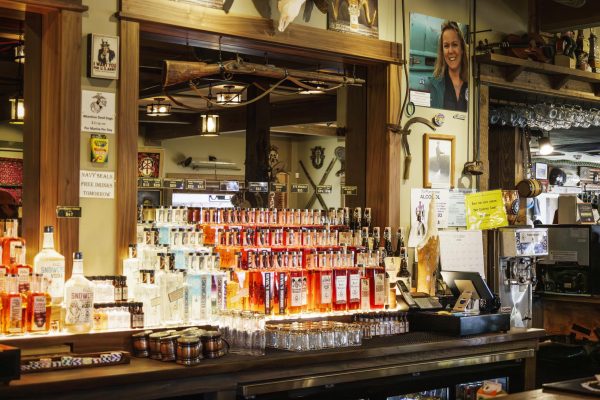 But despite all of the impressive memorabilia that adorns his establishment, the most important of them all hangs behind the bar as the crown jewel of Willie’s Distillery – a portrait of his Blazer’s wife and matriarch of the company, Robin, who passed away Jan. 27, 2022, after a long battle with cancer.
But despite all of the impressive memorabilia that adorns his establishment, the most important of them all hangs behind the bar as the crown jewel of Willie’s Distillery – a portrait of his Blazer’s wife and matriarch of the company, Robin, who passed away Jan. 27, 2022, after a long battle with cancer.
The portrait seems to serve as a reminder of how Willie’s Distillery came to be and as a symbol of the hard work and dedication it takes to find success.
Robin’s Obituary includes a saying she often used in life, “You cannot wring your hands and roll up your sleeves at the same time.”
A lifestyle such as Blazer’s is not without adversity. From the military, to firefighting, to becoming a successful entrepreneur, the most impressive of his traits is his drive for success.
“I’m just trying to be better,” Blazer said. “A lot of what drives me in life is competition. It’s the way I was raised. I wasn’t naturally gifted with a lot of things, so I had to work for everything I got.”
The desire to win is what pulled Blazer through life, and even when it came to creating a business – something he had no background in – he was determined to become one of the best.
“We went with a distillery instead of a brewery because nobody else was doing that,” Blazer said. “And the reason nobody was doing it was because nobody wanted to put in the pain and suffering it takes. But my background has always proven to me that if you work your ass off harder than anyone, you just might succeed.”

